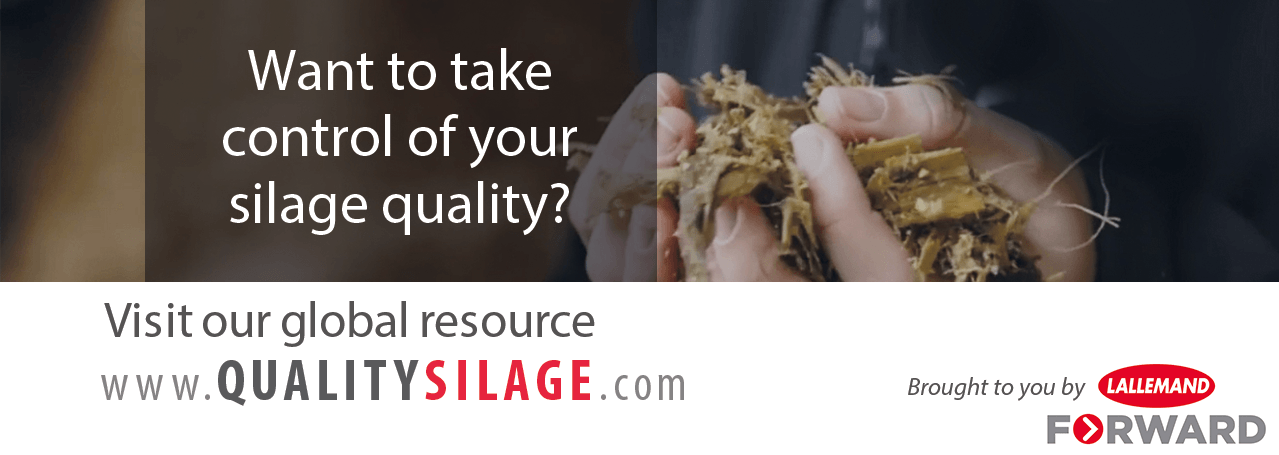Blog | Reading Time 2 minutes
Maize stover: a valuable alternative feed
Maize stover (or straw) normally consists of variable proportions of the leaves, stalks, and cobs of maize plants left in a field after harvest. It can be a valuable addition in ruminant feeding systems (dairy, beef, heifers, as well as sheep and goats) as it has the highest feeding value of all cereal straws. It is also a good source of fiber, which can replace cereal straws if they are not available, if additional fiber is needed or if there is a lack of forage.
Yields
Maize stover can yield between 6-13t DM/ha, but approximately only 40-60% is harvestable. It is also a valuable addition for biogas production. The biogas yield of 1 kg DM of maize stover can be up 80-90% biogas compared to 1 kg DM of conventional maize silage. Maize stover can be stored as silage or as dry straw.
Harvest and ensiling
Maize stover is often underutilized in many feeding systems since it has a variable dry matter, yield and chemical composition due to harvest times, harvest techniques, varieties, and climate conditions. But this shouldn’t make producers discount maize straw as a valuable addition to their feeding programs.
There are two ways of harvesting the crop, the first is to harvest just the stubble with a chopper, the second is to bring the maize stover to a windrow and pick it up with a chopper or a loading wagon.
Harvesting should be done within 24 hours after kernel harvest, as feeding values and ensiling properties will change significantly due to maturation and microbial processes, e.g. sugar and protein content, as well as digestibility, will decrease while fiber, DM and mycotoxin levels can increase.
Harvesting and ensiling tips
- Avoid soil contamination and check swathing equipment
- The DM can be highly variable: between 25-80%
- Water-soluble carbohydrates: 5-12% of DM
- Bulk density of fresh chopped material is around 65 kg DM/m3
- Compacted density in the silo under practical conditions will be around 100- 180 kg DM/m3. The higher the compaction, the higher the quality of silage will be produced
- Use an oxygen barrier cover
- Due to difficult compaction, there is a high risk of reheating and molding at feedout. To reduce that risk, follow good «silage management» procedures. The use of a forage inoculant that is proven to improve aerobic stability at opening is highly recommended.
This article was provided by our forage expert Frank Küchenmeister.
Read the full article on https://qualitysilage.com/maize-straw-stover/
Want to hear more tips and forage insights from our silage experts?
Visit the website www.qualitysilage.com
Published Mar 10, 2020 | Updated May 30, 2023
Related articles
Need specific information?
Talk to an expert